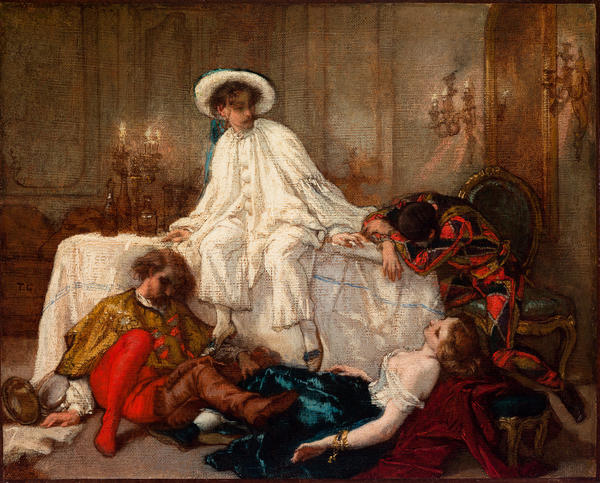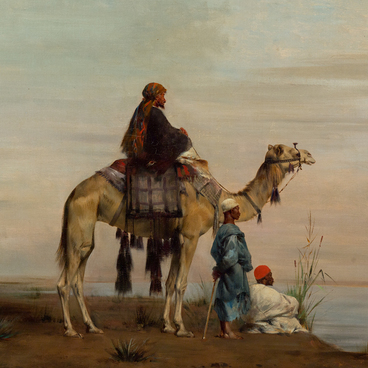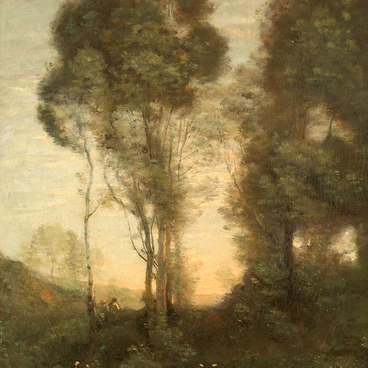#3

Thomas Couture
Dinner after Masquerade
#7
#2
Thomas Couture, a student of Antoine-Jean Gros and Paul Delaroche, refused to follow the academic tradition and chose his own way in art. Couture was a talented teacher. For some time, Édouard Manet attended his studio. The master’s early works are full of saturated hues, an exquisite sense of color, a free and elegant style, and a flight of imagination that demonstrate the influence of Eugène Delacroix and French romanticists. His contemporaries called him the French Veronese.
#8
Fame
#4
Couture’s most famous painting is “Romans During the Decadence”, which is now exhibited in the Musée d’Orsay in Paris. His most prominent works, the series of paintings dedicated to the Italian commedia dell’arte, were made for private customers first and foremost. Unlike big canvases painted in a cold academic style, these works are more figurative and sincere.
#9
Commedia dell’arte
#5
Between 1854 and 1870, Couture created seven paintings dedicated to the traditional commedia dell’arte characters, with Pierrot playing the leading role. French culture was experiencing a renewed interest in traveling comedians and commedia dell’arte characters. In 1812-1813, the famous Théâtre des Funambules was founded. It was there that Baptiste Deburau, who turned the comedian mask into a poetic symbol and a universal symbol of humankind, played the role of Pierrot starting in 1825. Deburau transformed the traditional Pierrot costume: instead of a wide-brimmed hat, narrow sleeves, and a short tight camisole, he wore a loose blouse with big buttons and a small black cap. Couture depicted Pierrot’s new look, but the traditional wide-brimmed hat still remained. “Dinner after Masquerade” is one of the artist’s most popular compositions.
#10
“Dinner after Masquerade”
#6
People from Couture’s closest circle of friends served as prototypes for the characters. Alice Ozy, a famous It-girl, posed for the figure of the resting drunk courtesan. In Pierrot’s image, along with the mentioned influence of Deburau, we can clearly see the artist’s own features. The mustache, the long hair lock falling on the forehead, the sharp chin, and the thick eyebrows are all typical details of Couture’s self-portraits. We can also recognize the location — the fashionable Parisian restaurant Maison Dorée, often visited by the Goncourt brothers, Alexandre Dumas -the son, Théophile Gautier, and Couture himself. Masquerades were very popular in the 1830s-1840s, and commedia dell’arte masks were some of the most common costumes. In this way, the painting hints at modern customs and morals.
читать дальшескрыть
00:00
00:00
1x
Dinner after Masquerade
Время создания
Ca. 1855
Размер
32x41 cm
Техника
xолст, масло
3
Открыть в приложении
Поделиться


